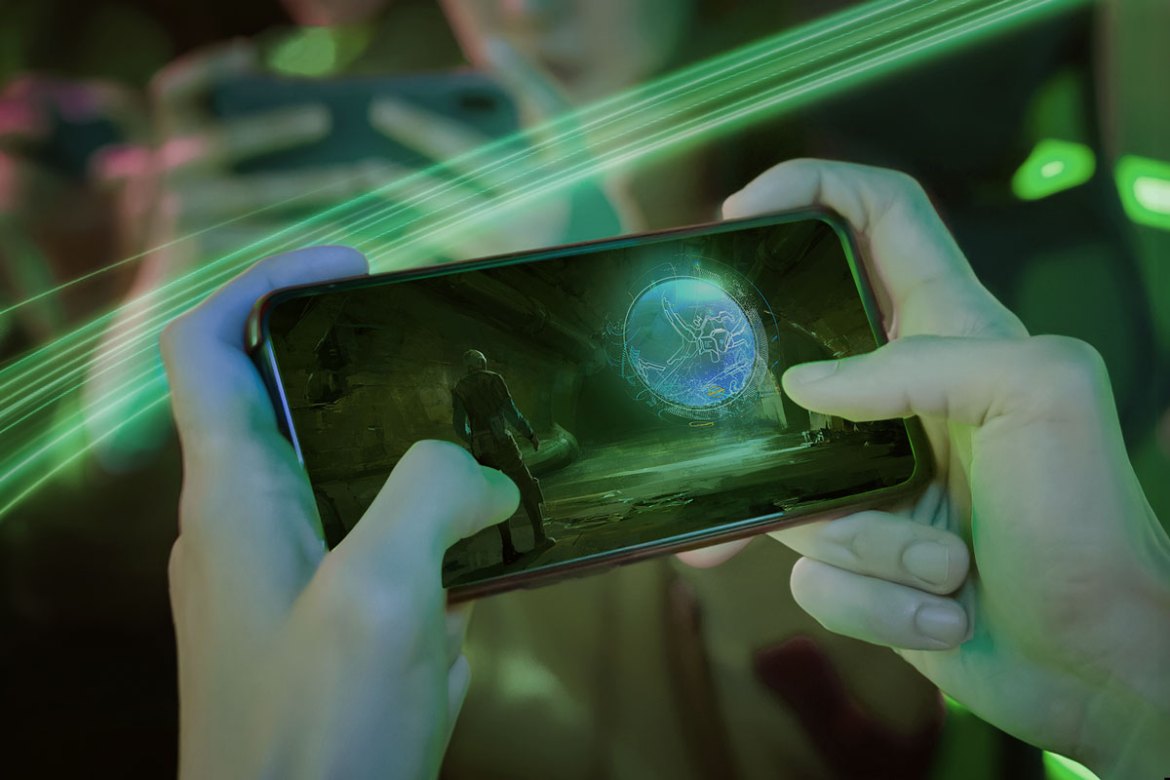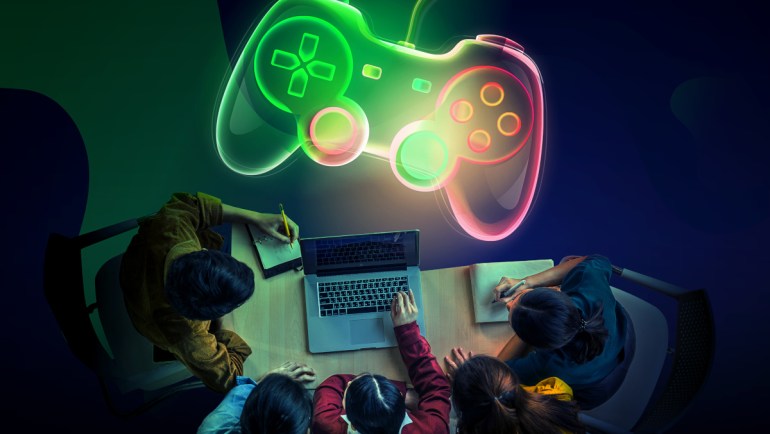The world of competitive gaming, known as esports, has experienced meteoric growth in recent years. Traditionally, esports was synonymous with PC and console platforms, but a new player has emerged on the scene: mobile gaming. From the early days of computer shops to now being at the palm of our hands, mobile gaming has risen to become a major force in the Philippines’ gaming industry, challenging the conventional perception of esports and paving the way for a new era of competitive play.
Mobile Gaming and Competitive Play
The Philippines has experienced a seismic shift in gaming culture with the advent of mobile gaming. Bolstered by increasingly powerful smartphones with both premium and affordable options, mobile gaming has transcended its recreational roots to become a fiercely competitive arena. One of the most striking aspects of mobile gaming’s ascent is its accessibility.
Almost everyone has a smartphone, and this accessibility has opened the floodgates for gamers from all walks of life to participate. Notably, the competitive spirit within Filipino gamers has found its ideal outlet in mobile esports.
Mobile Esports: Breaking the Stereotypes
When mobile esports first emerged, skeptics questioned whether the platform could truly host serious gaming. It was widely believed that the intensity of esports could only be experienced on PCs or consoles. Who can blame them, when this sentiment stems from concerns that handheld hardware might not be viable for high-intensity software?
Yet, this skepticism has been refuted by the resounding success of mobile esports titles. Games like Clash Royale, PUBG Mobile, and homegrown favorites such as Mobile Legends (ML) and Call of Duty Mobile (CODM) have not only captured the hearts of millions but have also nurtured their own robust competitive ecosystems.
Mobile esports in the Philippines has become a significant cultural phenomena, complete with content creators, passionate fan bases, and dedicated tournaments that rival those of their PC and console counterparts.
Factors Driving the Success of Mobile Esports
The rapid rise of mobile esports in the Philippines can be attributed to several key factors, with convenience definitely being a major one. With free-to-play models and shorter match durations, mobile games are perfectly tailored to the Filipinos’ always on-the-go lifestyle. Game anywhere at any time. This is further supported by the fact that fast and reliable mobile internet connections, such as Smart 5G, are now available.
Moreover, the power of social media and streaming platforms cannot be underestimated. These platforms have given rise to a new breed of gaming influencers, allowing players and teams to connect with their fans on a personal level. The communities built around mobile esports have fostered a sense of camaraderie, boosting the appeal of these games even further.
Significantly, game developers and sponsors have recognized the immense potential of mobile esports in the Philippines. We now see more prominent brands investing in gaming related activities. While local tournaments have yet to rival the scope and popularity of international events for titles like Dota 2 and Valorant, the future is looking bright as more Philippine-based esports teams are being developed with many already competing in other countries.
Game On
Mobile esports in the Philippines is providing opportunities for local talent to shine on the global stage and has the potential to bridge gaps in regions with limited access to high-end gaming hardware. We are all witnessing the rise of mobile gaming from pocket-sized screens to grand podiums, and there’s one thing that is clear – the Philippines is carving its place in the esports hall of fame, one mobile game at a time.
Smart’s powerful and reliable 5G network, along with its mobile data plans and promos, allows mobile gamers to easily and reliably play their favorite mobile esports titles anywhere, anytime. And with Smart’s Signature Postpaid Plans, it’s easy for mobile gamers to obtain a smartphone that will fit their gaming needs.



